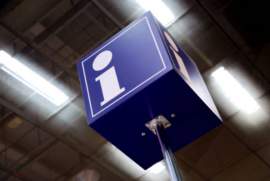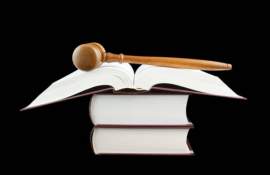
Basic Provisions of Promissory Notes

The structure for a promissory note is basic. The main elements necessary are the maker and the payee, which are essential to the outline of the note. Along with this information, the amount of the debt related would be included along with payment options/plans, and perhaps, an interest rate charged on such a note. Starting from the foundation of a promissory note, we have a person wanting to borrow a certain amount of money.
The person wanting to borrow the money is known as the maker. They would ask a person willing to lend the amount of funds to them to borrow it, and such a person would be known as the payee. Once the agreement was made to borrow the amount and pay it back, these two parties could together form a promissory note in regards to the debt. The promissory note is basically a promise by the maker to pay the debt off to the payee, bound by a legal document outlining the details of the transaction and payments. The person borrowing the amount can use real estate property to put up against the debt, as assurance for the debt, especially in the case of large amounts.
Once all this information has been determined, the note may be constructed. As stated before, the first sections of the promissory note will discuss the maker, the payee, and the amount of money related to the note along with any interest charge it comes with. The interest rate charged on the amount may be a fixed rate for the duration of the note, or may be an adjustable rate set by the lender. If there is an adjustable rate, then the rate of adjustment must be clearly stated in the provisions of the note.
Following this information, the main part of the promissory note would be determined, and that is the payments. The payment section would show when and where the payments would be made, and at what frequency, as well as the amount of each payment. There must also be some type of determination made for the amount of time the maker has to pay the amount, as well as over what period of time, and any penalties for early payoff, or attempt to make payments in shorter intervals not according to the predetermined guidelines. Penalties may also be imposed for late or missed payments, pending they were made past a set grace period (if one was set).
If the attempt to collect missed payments resulted in both parties going to court to collect, the fees involved in the penalty could add up additionally with the court, and lawyer fees involved in collecting against the borrower. The promissory note must also contain any security involved within the debt, which could be a real estate property as well as mortgages, deeds, etc. Any additional provisions, agreements, or guidelines must also be mentioned in the note before being completed.
Finally, the note must be signed by the maker, and if the maker deals with a corporation, it must be named as well along with the heads of the company along with a corporate seal. The lender does not sign the promissory note since the promise comes from only the maker to pay back the amount borrowed. The payee simply holds onto the note, and makes sure that the borrower follows all its provisions and pays back the debt in the duration of time stated in the note.



















